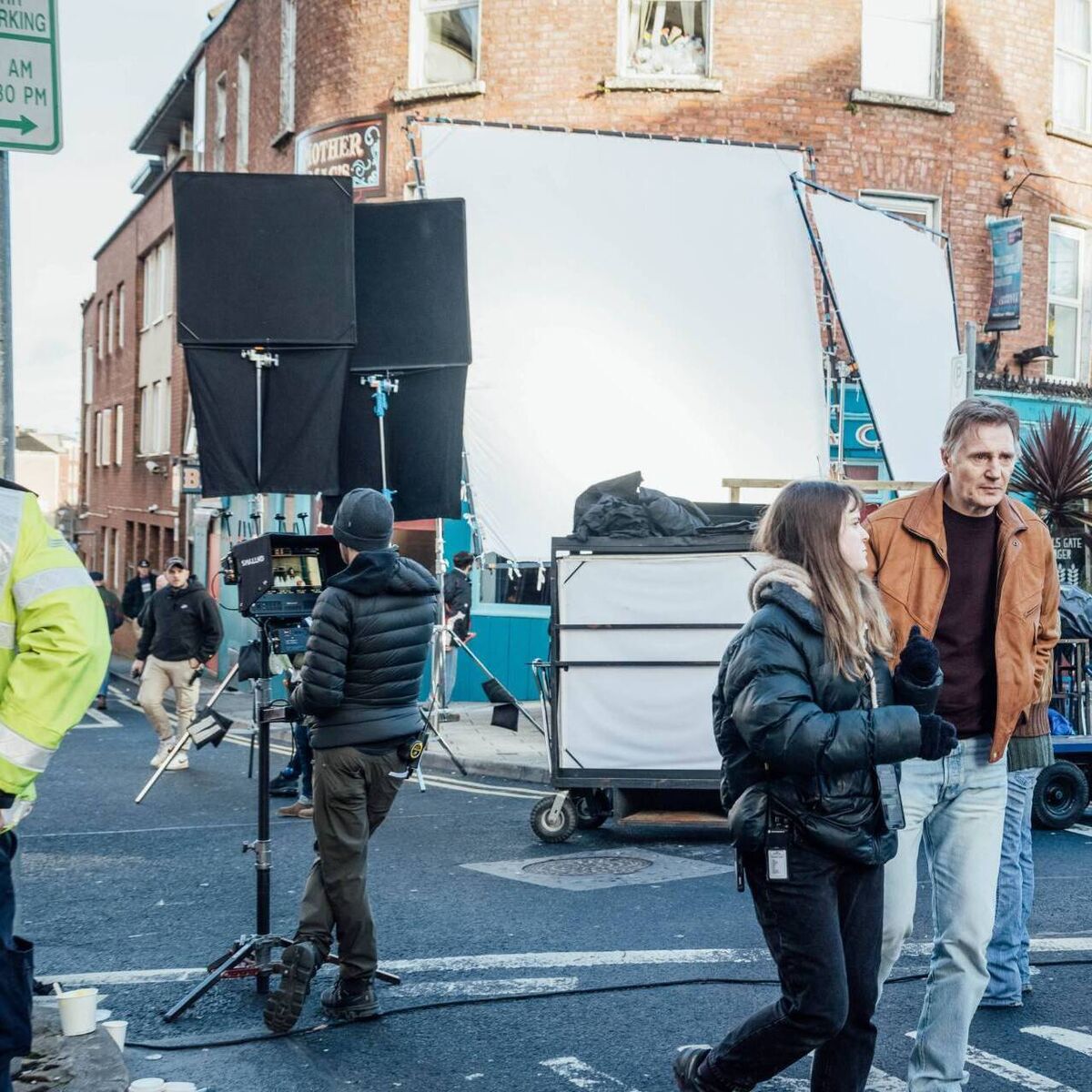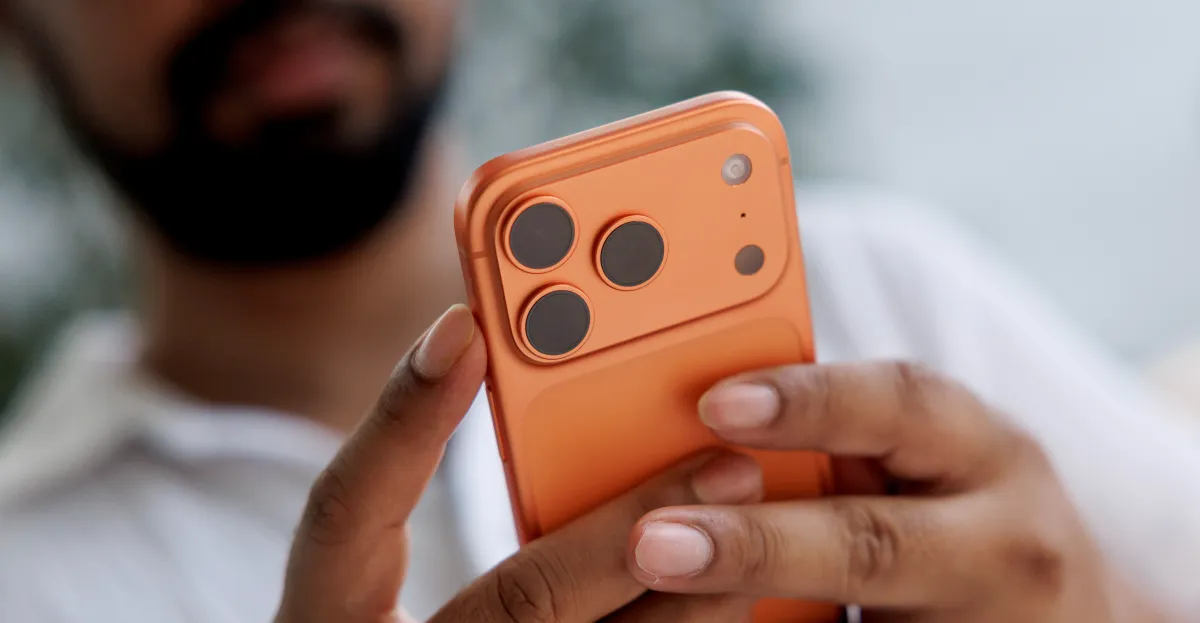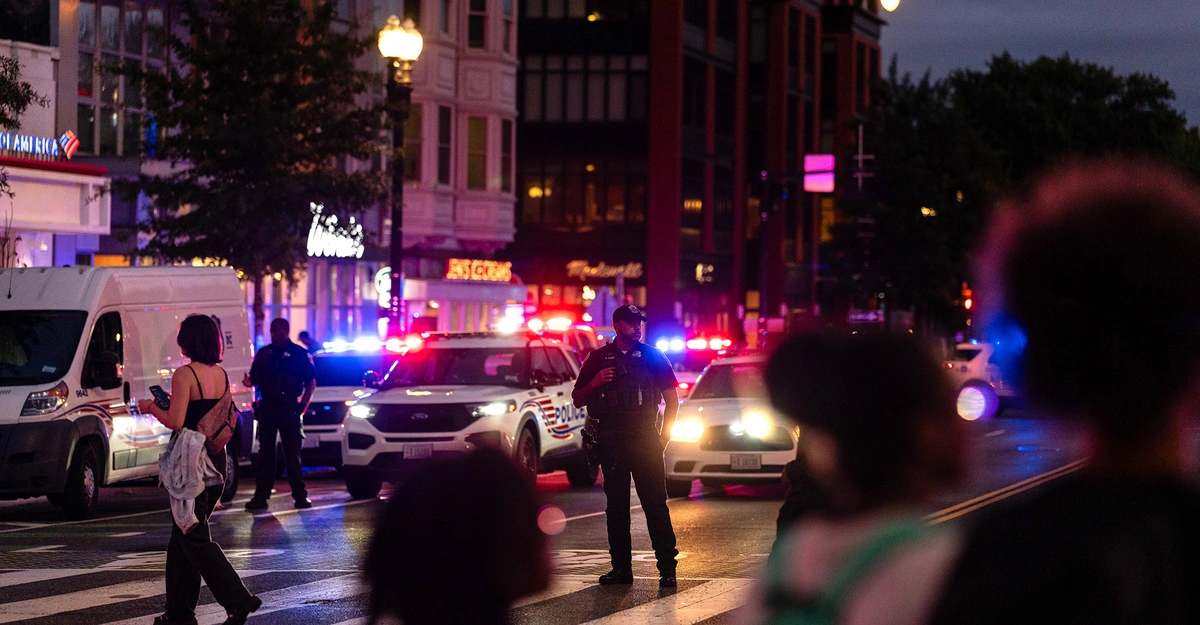By Contributor,Matthew Chaussee
Copyright forbes

From career confusion to startup setbacks: lifting the fog of obscured awareness creates virtually limitless opportunity.
My career journey—like millions of other students—was shrouded in unknowns: some paths were apparent but their destination was unclear. Most paths however were obscured, making them opportunities that were never really an option.
iStock.com/mimadeo
As I began the seventh year of college pursuing my four-year degree, I had resigned myself to the idea that I was destined to be a lifelong student.
I recall years earlier being asked, “What’s your major?” and getting overwhelmed. Like the millions of high school students who face that question every year, I needed an answer so people thought I had a plan, and to prevent it from being asked again.
Both of my parents worked as counselors and social workers. I admired and understood their work, so just before graduating high school, I announced I was going to be a clinical psychologist—similar field, more money.
Additionally, I’d heard the cultural message loud and clear, that college was the one right path to a “good job” and that I could simply do my career exploration once I got there. I entered college as a freshman, dead set on a PhD in psychology, only to find out I disliked research and technical writing, and hated taking notes.
The summer after my freshman year, I worked as a day camp counselor and loved it. Like nearly a third of undergraduates nationwide, I switched my major, this time to elementary education. It was a short-lived venture, as it turns out elementary schools expect way more structure and planning than my carefree days as a camp counselor would lead one to believe.
Then came what felt like an epiphany. From grade school through college, I’d been involved in band. Most of my college friends were music majors. Maybe I was destined to become a high school band teacher. Nope. Advanced music theory was the death knell of that great idea.
MORE FOR YOU
By my fourth year, with three majors half-completed, I envied friends landing internships and engineering jobs. Like many students who change direction multiple times, I convinced myself each new path was ‘the one.’ The pressure mounted, as did my student loan debt, and I told my parents I was switching again, this time to civil engineering.
Then came the first intervention.
My dad offered some pragmatic advice: “Figure out what degree you’re closest to and just finish that.” He saw the problem that my blinders were hiding: lacking a destination paralyzes the ability to commit to a path.
I took his advice, pushed through, and graduated with a degree in… math. There was a feeling of having settled, but also thankfulness that I’d avoided the fate of nearly 40% of college students who leave with debt but no degree. I had a degree, and a key lesson learned that would shape an entrepreneurial journey more than a decade later.
Fast-forward 10 years… I’d accumulated an eclectic mix of jobs: internet marketer, blackjack dealer, direct support professional, math instructor, fireworks salesman, bus driver, programmer/analyst, and technical services manager.
Quite a résumé.
A recent study published in Frontiers in Psychology found that clarity around career success criteria is strongly linked to better employment outcomes. Put simply, you don’t know what you don’t know, and without awareness, people drift into misaligned paths. Ironically, had I stayed in psychology, I might have learned that lesson in a classroom. Instead, I lived it, becoming a case study in the trend: misaligned interests leading to career indecisiveness and missed opportunity, a pattern that had become my life.
Now married, with a house, lake cabin, two cars, two kids, and two dogs, from the outside, others saw success. My wife, Katie, and I both had great jobs, but had taken meandering pathways to get there, neither one of us ever feeling like we had truly found our “fit.”
When Katie suggested starting a company creating virtual tours for real estate, we jumped in together. Like many startups, we believed passion and hard work would be enough to succeed. We invested most of our savings in equipment, software, a website, and a grand plan to change the way homes were sold. The verbal support for our great idea implied it would take off like a rocket.
Failure to launch.
We assumed timing or market conditions were the issue, so we pivoted, repurposing the tech across different industries with little success. Convinced that rapid pivots and diversification were the right approach, we soon became a cluster of solutions in search of a problem. We were quickly facing the doomed fate of most startups who get overextended, never becoming aware of their true product-market fit.
It was clear that the old habit of indecisiveness from college had encroached on our startup. We’d become a jack of all trades and master of none. Realizing history was repeating itself, it was time for a second intervention, inspired from the lessons learned years earlier. We centered on a singular question: “What’s the one big problem we know best and are truly equipped to solve?”
And suddenly we discovered the answer was hiding in plain sight: just like we had our entire lives, people make suboptimal career choices when they lack awareness of the opportunities available to them. Without broad awareness, they misstep—choosing what’s popular, what’s familiar, or what’s expected. Missteps like the ones I made years earlier, the ones we were making in our business, and the ones students make in schools across the country every day.
Inspiring career discovery through awareness by providing students a safe way to visualize authentic career experiences, ensuring they can confidently choose the right path.
CareerViewXR
Awareness, used as early intervention, became the cornerstone of our vision for CareerViewXR, and we soon realized it was a challenge much larger than what we initially perceived. Schools, communities, and workforce leaders nationwide are calling for earlier and more effective ways to connect students with authentic career experiences. Collaboration focused on career awareness is a critical first step in achieving that goal.
A growing coalition of educators, entrepreneurs, and innovators is working to ensure that awareness is no longer left to chance but woven directly into how students discover their future. In the months ahead, I’ll share their stories—innovations driving change for students, and inspiration that has brought our journey full circle, clearing the fog and affirming our true purpose: helping every student discover theirs.
Editorial StandardsReprints & Permissions



